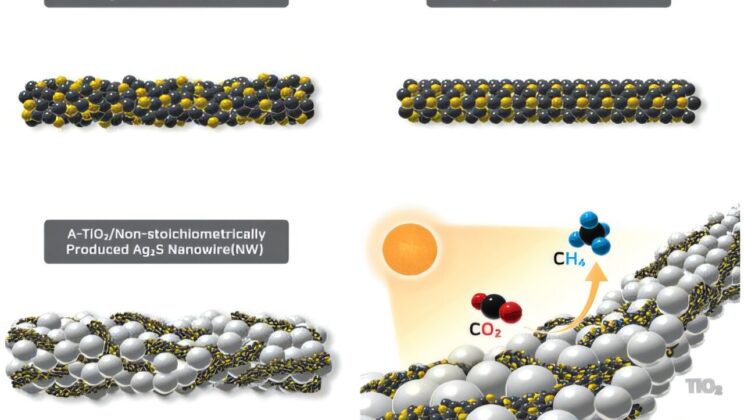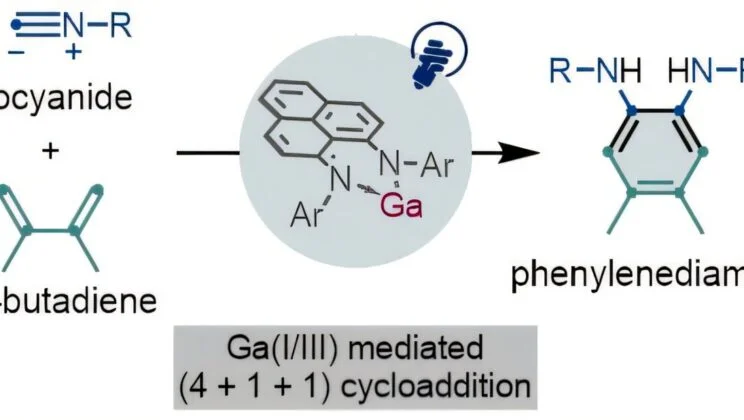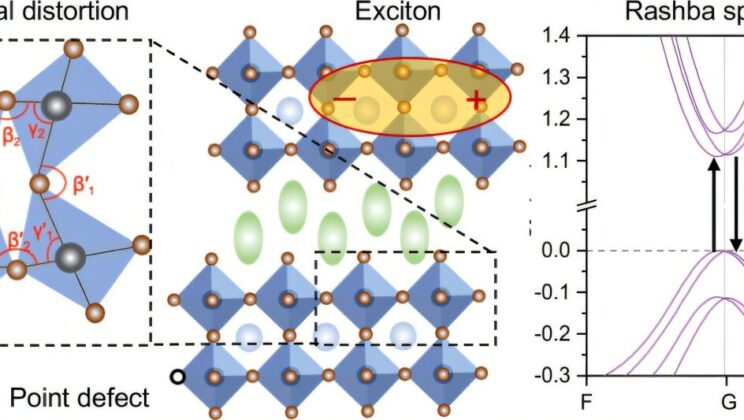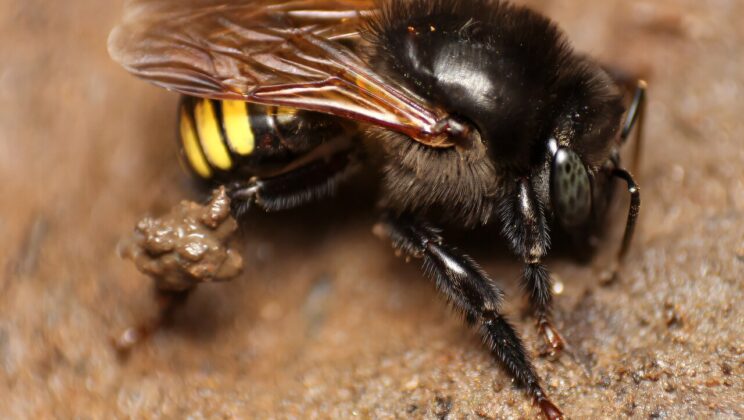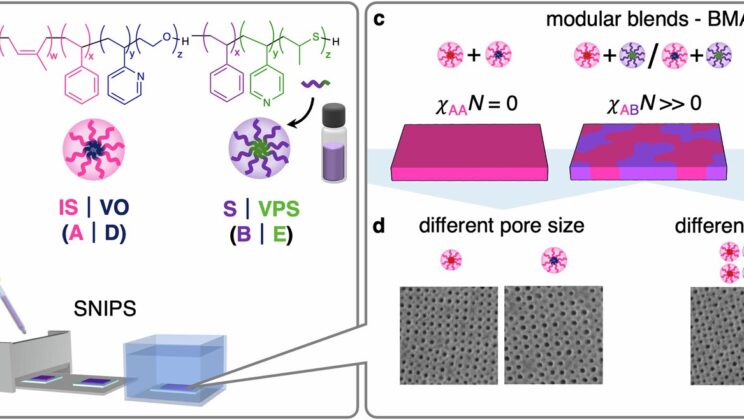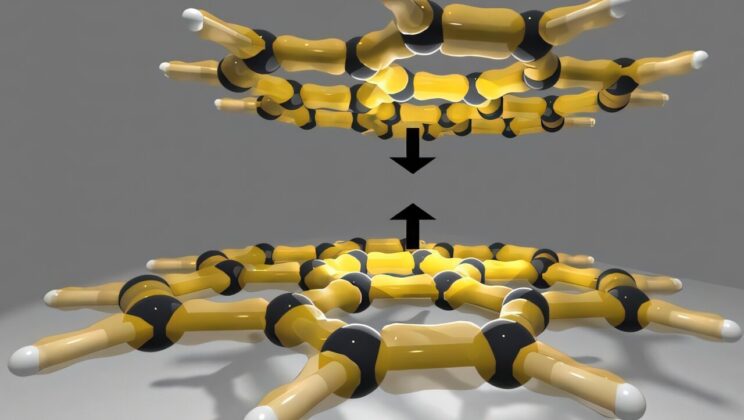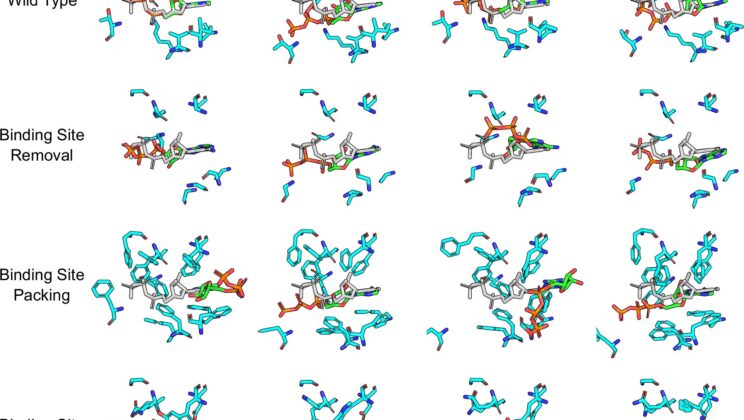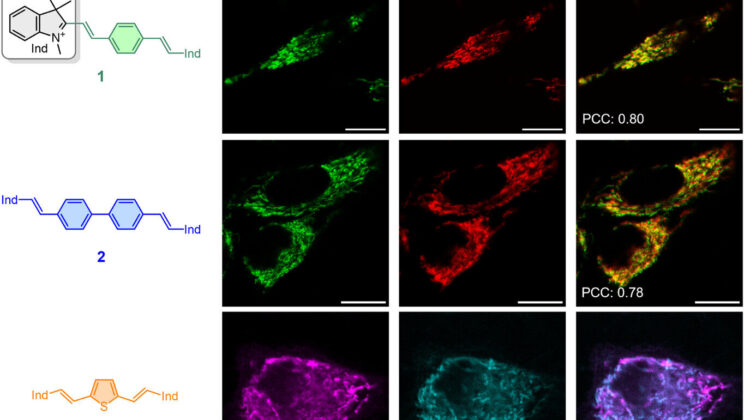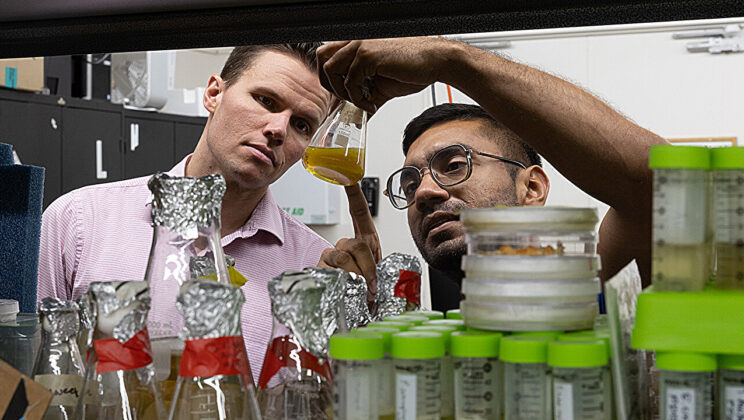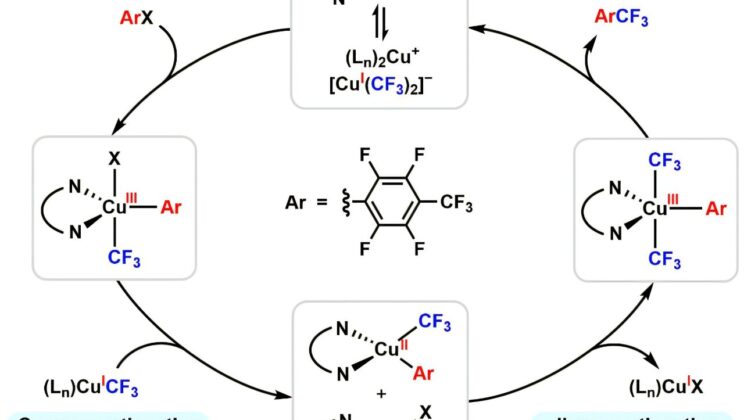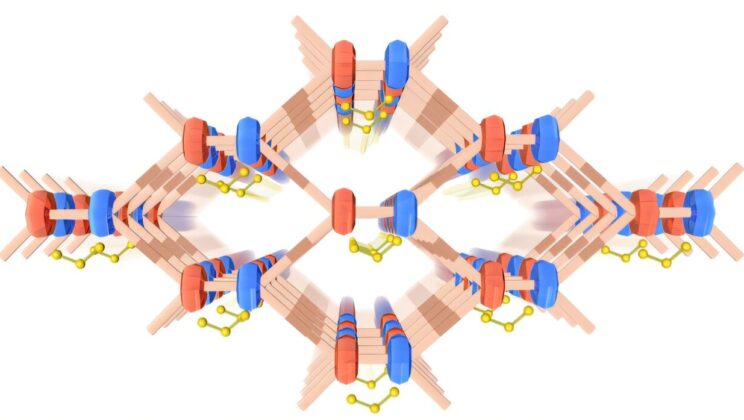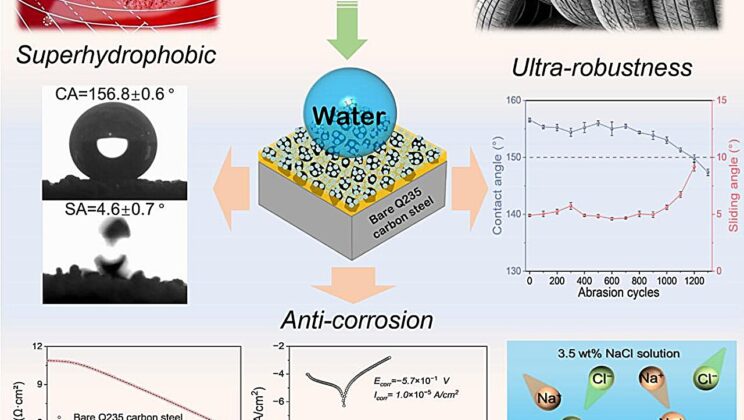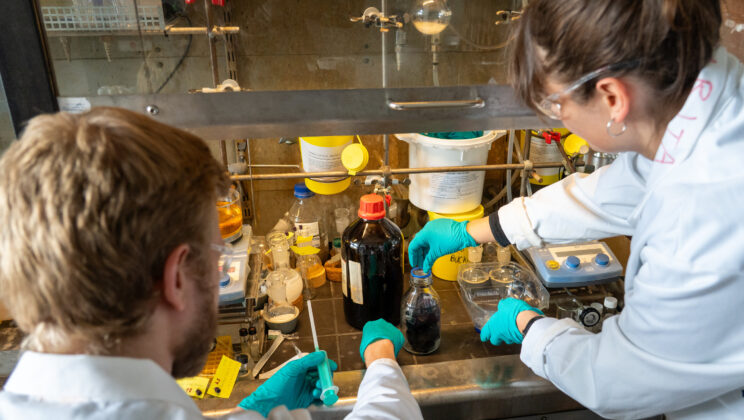On a quiet morning at the DGIST campus, a team of scientists peered through microscopes and computer simulations, chasing a…
Category: Chemistry
Scientists Turn Greasy Waste Cooking Oil Into Super-Strong Plastic That Can Pull a Car
In kitchens across the world, gallons of waste cooking oil quietly disappear down drains or gather in dusty bottles, a…
Scientists Discover How Gallium Could Replace Expensive Metals in Life-Saving Chemical Reactions
Imagine a world where the essential catalysts that drive life-changing chemical reactions—like those used to create fertilizers, pharmaceuticals, and energy—don’t…
The Secret to Brighter, Smarter Solar Cells Lies in a Tiny Atomic Twist
It all starts with a twist—a subtle, almost imperceptible shift in the atomic layers of a material. But for scientists…
Scientists Uncover Surprising Discovery in Gas Separation That Could Revolutionize Clean Energy
When most people think of gas separation, they imagine a process of capturing what’s needed while leaving the rest behind.…
Scientists Turn Bee Honey and Cocoa Waste Into a Gourmet, Eco-Friendly Super Ingredient
In a quiet laboratory in São Paulo, a team of researchers watched an unlikely fusion take shape: native bee honey…
Scientists Turn Methane Into Medicine for the First Time — And It Could Change Everything
Natural gas has always been a quiet giant of the energy world. It burns in power plants and home stoves,…
Scientists Create Membranes That Can “Think,” Separating Molecules by Chemistry Instead of Size
Ultrafiltration has long been one of the quiet engines of modern industry — silently purifying medicines, refining chemicals, and enabling…
Scientists Create Self-Cleaning Menstrual Cup That Could End Boiling Forever
For centuries, menstrual care has been defined by convenience, necessity, and stigma. In recent years, however, a growing movement toward…
Scientists Crack a 50-Year Chemistry Mystery — and It Could Change How We Design Future Materials
For decades, one of the most persistent mysteries in theoretical chemistry has been how to accurately describe the faint yet…
AI Was Supposed to Design New Drugs — A New Study Just Exposed a Fatal Flaw
Artificial intelligence has transformed the landscape of biomedical research. In just a few years, machine learning models have done what…
Scientists Build First “X-Ray” of RNA Droplets — Could This Crack the Code of ALS and Cancer?
Inside every living cell, there is no stillness. Molecules ricochet and fold and collide; proteins twist into working shapes, RNAs…
Scientists Create “Water-Loving” Glowing Molecules That Could Revolutionize Disease Detection
In a quiet corner of southern Spain, inside the laboratories of the University of Malaga, a team of chemists has…
Scientists Discover Soil Fungus That Could Help Regrow Human Tissue
Beneath our feet, beyond our sight, fungi have been shaping the world for hundreds of millions of years. They are…
Chemists Solved a 100-Year-Old Mystery Hiding in One of Chemistry’s Oldest Reactions
Chemistry, at its core, is the science of transformation—taking what seems ordinary and uncovering the hidden choreography of atoms and…
Scientists Turn Deadly Greenhouse Gas into Useful Chemicals—Here’s How It Works
Greenhouse gases are often seen as one of humanity’s greatest challenges. Rising carbon dioxide levels fuel climate change, trapping heat…
Scientists Discover Mushrooms Invented Psychedelic Compound Twice—Completely Independently
Across cultures and centuries, humans have encountered mushrooms not just as food or poison, but as mysterious companions on the…
Scientists Create Gel That Heals Itself in Minutes—and Glows When Stretched
Imagine a material that can stretch nearly fifty times its length without snapping, that glows in different colors when pulled,…
New Radical Material Could Make Electric Cars Run 5x Longer on a Single Charge
The world is in the midst of an energy revolution. From electric cars to renewable power grids, the demand for…
Can Discarded Tires Protect Our Oceans? Scientists Say Yes
For centuries, the oceans have carried ships, fueled trade, and supported human progress. Yet beneath the surface, an invisible enemy…
Scientists Watched Hydrogen Weaken Steel From the Inside—And What They Saw Was Shocking
Hydrogen is often celebrated as the fuel of the future. It is clean, abundant, and capable of powering everything from…
Scientists Turn Plastic Trash into a Powerful Weapon Against Climate Change
For decades, humanity has been caught in a double bind. On one side, carbon dioxide emissions continue to climb despite…
